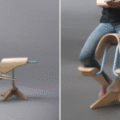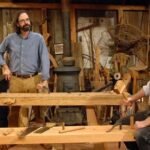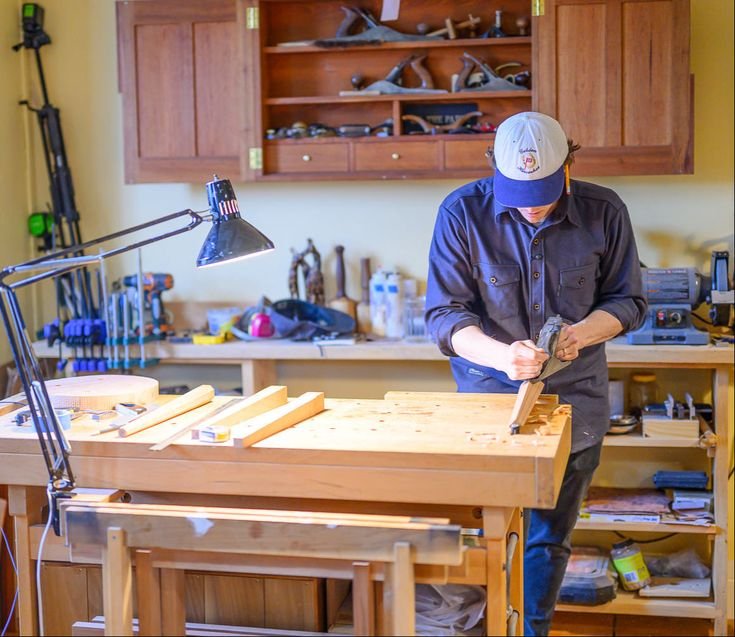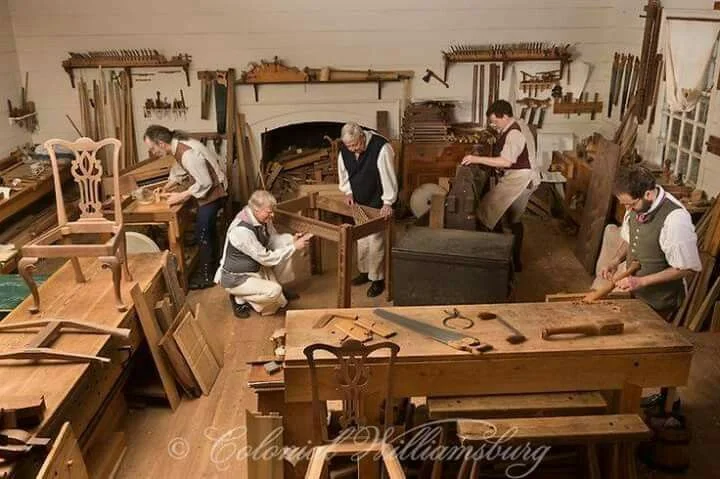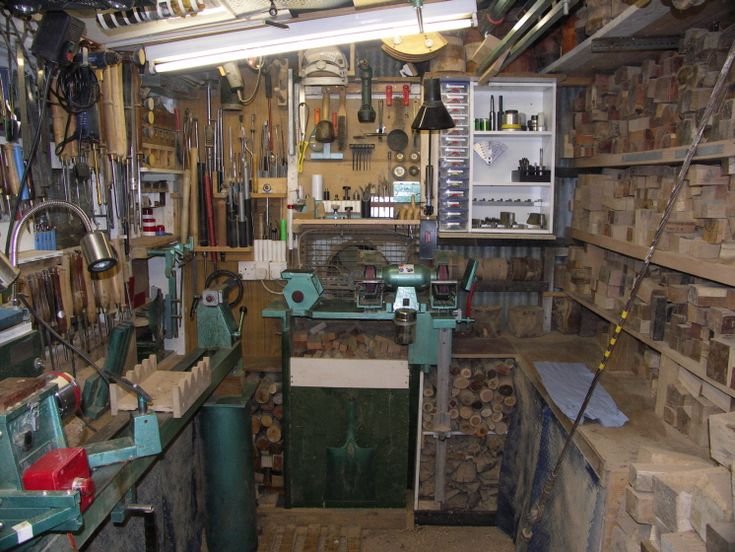A Jointer and a Planer: Two Unsung Heroes of My Workshop
So, there I was, sipping my coffee on a chilly Saturday morning, staring at a big ol’ pile of rough-sawn cedar I’d picked up from that little mill down the road. Man, the smell of freshly cut wood is something else, right? Like a warm hug from nature. I had this vision of a beautiful garden bench, but there was a problem: my stock was all over the place—warped, uneven, and a bit too rough around the edges for my liking.
Now, let me backtrack a bit to when I first jumped into woodworking. I thought it’d be all about power tools and finishing details, but there’s this whole world of jointers and planers I had no clue about. A buddy of mine had told me, “You gotta get a jointer and a planer if you want to really get into it.” But I thought, “Nah, how hard can it be to just sand things smooth?” Spoiler alert: it’s pretty hard.
The Jointer Revelation
So there I was, scrolling through YouTube, the usual rabbit hole of videos. I stumbled across some guy showing off his jointer. It was like magic—he put this warped board in there, and it came out flat as a pancake. I could almost hear the angels sing. I thought, “I need one of those!” So I headed to the local hardware store, forked over some cash for a used jet jointer I found (don’t ask how much; my wife still thinks I only spent half of that!).
At first, I was intimidated; it just sat there in my garage like a big, looming, rectangular monster. I just kept looking at it, dreading the moment I’d need to turn it on. When I finally mustered the courage to run my first piece through, I felt like I was in an action movie—sweaty palms and everything. I flipped the switch, and that beautiful low hum filled the air.
But then—oh, man, here’s where the lesson comes in—I had no idea what I was doing. I fed the board in backwards, all the while not even realizing it. When it shot out the other side, I got this weird slant, and I nearly flipped out. It was a disaster! I remember sitting there, facepalming so hard I thought I’d give myself a bruise.
And Then There Was the Planer
But hey, patience is key, right? After a couple of trial-and-error attempts, I got the hang of it and was able to flatten those boards. Fast forward a couple of weekends, and I was feeling pretty proud of myself. I had the jointer down, but I was still in the dark about the planer. I mean, it’s like the jointer’s quieter cousin—or so I thought.
After spending just a little too much time obsessively browsing forums, I came across the idea of planing a piece of wood after joining it. So, I saved up a little more and snagged a Dewalt planer, which was a game-changer, I tell ya. Similar buzzing sound, but there’s something about the sharp blades that really gave me that “This is real woodworking now” vibe.
The first time I used it, I threw in a beautiful piece of oak I’d salvaged from an old table. The sound of the blades slicing through the wood was music, matched only by the sweet smell of freshly planed oak. The shavings curled out like little ribbons… now that’s what I’m talking about! But here’s the kicker—I didn’t double-check the thickness setting, and I took off way too much wood. Suddenly, I was left with a piece that was thinner than my wallet after a trip to the tool store.
Lessons Learned
Honestly, with both tools, I made stupid mistakes, but man, did I learn. I almost gave up on that garden bench project more than once. I sat there, scratching my head, measuring and remeasuring, wondering if all this work was even worth it. Maybe I should just stick to candle-making or something? But then I remembered why I started: the love of working with my hands and creating something beautiful from scratch.
Eventually, I got back out to the garage, calmed my nerves, and finally wrestled with those tools until I got it right. I laugh thinking back to those early days when I nearly had a meltdown over a piece of twisted timber. Going through that whole process really taught me the value in patience and persistence. Both a jointer and a planer are like dance partners; they need to move together smoothly, and you gotta feel that rhythm.
A Warm Thought to Leave You With
If you’re out there, thinking about diving into this woodworking thing, whether it’s a jointer, a planer, or both—just go for it. Don’t let fear of making mistakes hold you back. Each chop, each plane, each failure—it all means you’re learning. I wish someone had told me that tips and tricks would only get me so far. The real education is in the doing, in the lessons you learn when things don’t go as planned.
So go make some sawdust and share a chuckle with your next blunder. Because in the end, those little moments are what make you a better woodworker—and maybe, just maybe, give you a beautiful garden bench to sit and enjoy that coffee on.


